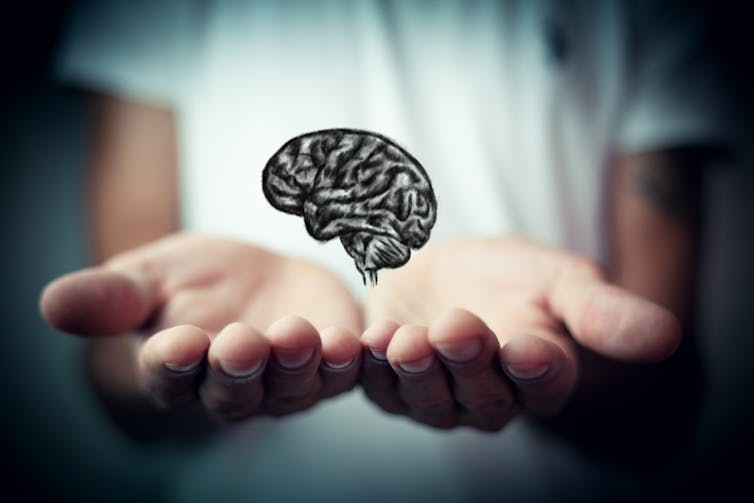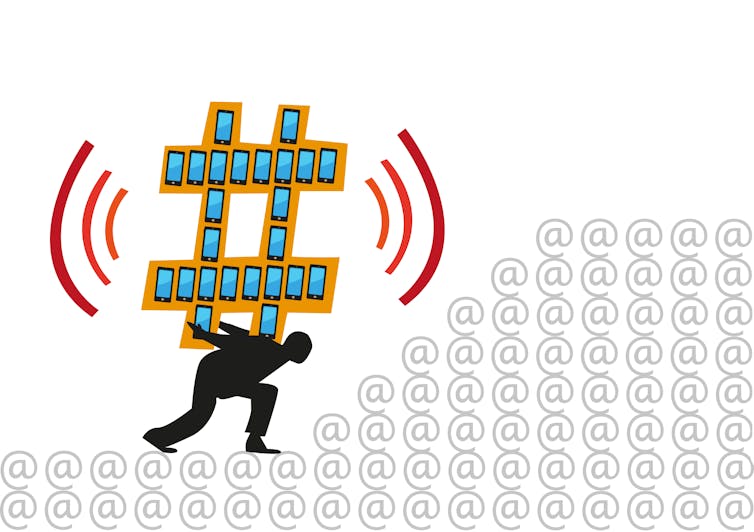
Javeed Sukhera, Western University
When those with mental illness experience prejudice and discrimination in the form of stigma, it can make their suffering considerably worse.
Spreading awareness and understanding through education is one of the strategies used to tackle the problem. Years of public education campaigns have helped open the conversation. Yet evidence suggests that stigma against people with mental illness remains a problem in our health-care system.
Consider what the experience is like for a young person who seeks mental-health care. They may suffer for a long time before they eventually build up the courage to ask for help. When they share this with a family member or a friend, they may be encouraged to look for help, but encounter a long waiting list for treatment. Over time, they continue to struggle and things get worse. If they end up in crisis, they might need to seek emergency care.

The doctor, nurse or mental health professional they encounter is probably struggling within a challenging system. Health-care professionals work hard with limited resources, soaking up the suffering of others until they begin to detach from their own humanity for self-protection. They might appear rushed. They might seem distant. This can result in the patient feeling dismissed or feeling judged.
As a psychiatrist, I bear witness to a broken system. Mental-health care is chronically underfunded. If a parent has one child with diabetes and one with anxiety or depression and they seek help, the child with diabetes receives world-class care. The child with mental illness is given a sheet of paper and a 12- to 18-month wait.
Encountering blame and shame
As a stigma researcher, my team and I found that when individuals seek help for their mental illness in settings like hospitals or emergency departments, they frequently encounter blame and shame. We also found that many health professionals stigmatize without even being aware of it.
We quickly learned that no matter how well-intentioned health professionals may be, they do not always intend to say what their patients and their families hear.
Stigma in health care is automatic. It is embedded within the fabric of the system. Can we really expect training and workshops for health-care workers to solve the problem?
Read more: Bell Let's Talk Day: Should I share a mental health story?
One of the problems with existing stigma reduction education is that it’s delivered through in-class formats that are fairly one-dimensional. Advances in digital and social media may have the potential to challenge traditional approaches to learning and provide real-time delivery of information to a huge audience. For example, medical journals that leverage social media have a much greater impact than those that do not.

Hashtag campaigns on social media are another example. Instead of educating people about mental illness in a classroom, a viral social media post can inspire a social movement. Digital tools like social media, blogs and wikis provide knowledge for health professionals who can use this technology to learn about a topic while deepening their engagement and promoting collaboration.
Research shows that social media is an effective and efficient way to keep health professionals up to date with the latest knowledge to improve the quality of health care for their patients.
Sharing stigma-reduction tools
Digital technology also makes stigma-reduction education freely available to everyone. By putting knowledge about stigma in the hands of patients and caregivers, technology democratizes expertise.
An example of the power of digital technology to improve health care can be found in pediatric pain research. Led by clinical psychologist, Dr. Christine Chambers, #itdoesnthavetohurt is a science-media partnership that brings evidence-based information about children’s pain directly to parents.
Chambers found that numerous eHealth tools for pain assessment and management are developed, yet have a reduced impact because they are rarely made available to patients and families. She and her team targeted their digital strategy directly at caregivers, whom they empowered with knowledge on best practices for managing pediatric pain.
Read more: Is my child depressed? Being moody isn't a mental illness
Chambers’s work is a good example of how including the patient (or, in this case, the caregiver) in the solution can improve results. Digital technologies, including social media platforms, provide opportunities to include people affected by mental health stigma in new solutions to address it.
As stigma researchers, my team and I recognize the potential value in providing stigma-reducing tools directly to patients and caregivers, as well as to the health professionals those tools are targeting. Bringing those groups together may provide better ways to tackle the stigmatizing practices and policies that still exist in health care.![]()
Javeed Sukhera, Associate professor, Western University
This article is republished from The Conversation under a Creative Commons license. Read the original article.

